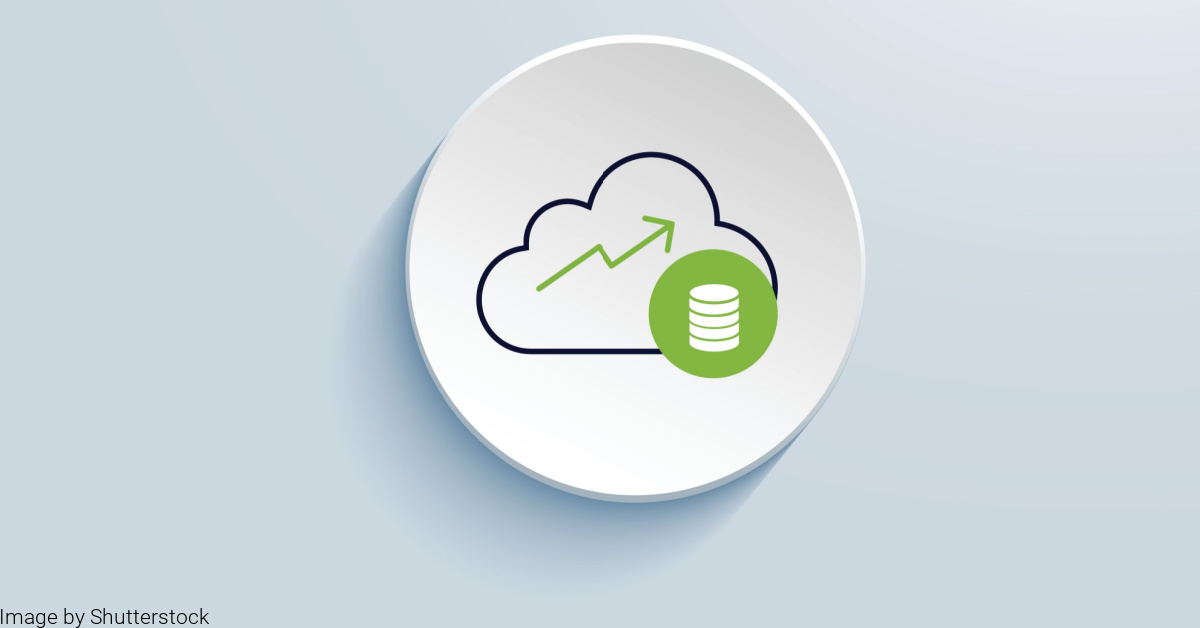Best Tips for Cloud Cost Optimization
- October 2, 2023
- Posted by: Aanchal Iyer
- Category: Cloud Computing

Cloud Cost Optimization
The trend of organizations moving their computing and storage requirements to the cloud has been on an upward trajectory for the past few years. Multi-cloud deployments are now the new normal while migrating from on-premise solutions. Cloud cost optimization is an organizational practice now. It helps businesses manage, and understand the costs, including requirements related to cloud technologies.
Cloud infrastructure is becoming more complex as a result of which cloud costs are difficult to track, predict, and visualize. The pay-as-you-go pricing model that most public cloud providers use makes this problem worse. The amount fluctuates dramatically depending on the actual resources being used.
Significance of Cloud Cost Optimization
Cloud computing provides major advantages that include rapid scalability and the removal of upfront capital investments. Cloud solutions enable DevOps and IT teams to use services easily and quickly, but they also pose a risk of unforeseen costs that can exceed your planned budget.
Most organizations today use multi-cloud deployments, which makes it even more important to set up an effective cost management strategy. This involves comparing and analyzing the costs of different cloud providers. Having deep visibility into your cloud costs and usage is important for enforcing accountability across the organization and enhancing the performance of cloud-based technologies. Cloud cost management involves allotting and tracking cloud resources to analyze and report cloud spending. However, cloud cost optimization takes these insights to help you understand how to minimize costs while enhancing business value.
Cloud cost optimization also involves aligning costs with business goals. Once revenue increases, increasing the costs may not be an issue.
Cloud costs today depend on various variables –network traffic, virtual machine instances, software licenses, web services, training and support, storage, and memory, to name a few. Therefore, it is crucial for enterprises to chalk out a cloud cost optimization strategy taking all these factors into consideration to get the most out of the infrastructure at minimal costs. Read on to understand the best practices and strategies for cloud optimization.
Cloud Cost Optimization Strategies
The objective of a robust cloud cost optimization strategy is to reduce overall spending by eradicating waste, utilizing high discounts, detecting mismanaged resources, and right-sizing services to scale. While there can be various cloud cost optimization tips, here are the 6 best practices to achieve optimal outcomes:
1. Identify Unused Resources
One of the best ways to effectively leverage cloud costs is by detecting unused resources. Spinning up a temporary server for a single-use operation and forgetting to turn it off later are common use-case examples. These contribute significantly to an increase in cloud costs. In such cases, an organization is footing the bill for resources that are no longer in use.
2. Merge Idle Resources
A free-lying resource being charged for by the service provider is a huge waste. For example, if your CPU utilization for present operations is 5 or 10 % of what you have availed, but you are paying the full amount. This is a classic case of wasting computing resources. You must work to identify all such resources in your system and merge these to cut costs. If scaling up operations during a busy season or in case of a spike in traffic is the reason, it is time you leverage cloud features.
3. Leverage Heatmaps
As visual tools display valleys and peaks in your computing demand, heatmaps are crucial for achieving cloud cost optimization. The insights from a heatmap can be a valuable asset to set up start and stop cut-offs for different resources to decrease costs.
4. Rightsizing the Resources
Rightsizing refers to an analysis of computing services to detect the most efficient size for your operational requirement. With appropriate right-sizing tools, one can optimize not just the size of a server but also other elements such as database, memory, storage capacity, graphics, and so on. Besides helping with cost reduction, this approach also helps with cloud optimization that facilitates peak performance of the resources you pay for.
5. Invest in Reserved Instances
It is known that organizations often overspend on their cloud expenses by as high as 13%. Enterprises that want to embrace the cloud for the long haul can cut down on costs by investing in Reserved Instances (RIs). These are lucrative discounts given depending on time commitment and upfront payment. However, to ensure that you are making the most of such discounts, it is important to base your future demand on a thorough analysis of your past usage patterns.
6. Utilize Spot Instances
Spot Instances can be a smart way to cut back on your cloud spending. Once you purchase a spot instance they are available for immediate use. Spot instances are unused EC2 instances available for less than the On-Demand price. However, the window for making the bid is usually small, so you have to be on the lookout consistently and make the bid right away. These are best suited for short-term projects or jobs as they may have limited validity.
Conclusion
As cloud spending continues to increase, operating without insight and proper planning can lead to serious financial repercussions. That said, the cloud has great potential for enhancing business operations, as long as you pay attention to cost optimization to eliminate unexpected spikes, overpaying, or inadequate performance.
